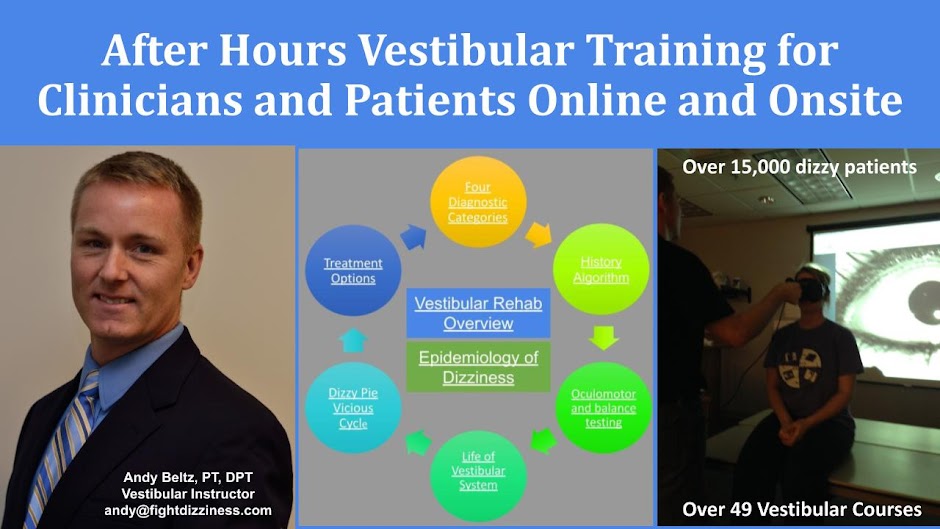Reading the articles this week and watching the videos for class have reminded me of a very meaningful discussion I had with a referring ENT who had been practicing medicine 50 years. During our conversation, I asked him what had changed the most during his time since his practice began in the 1950s. He shared two major patterns he had identified.
First, he stated that MRIs and CT scans had created a belief in our culture that many people could and should be diagnosed very quickly. He explained that many people do not understand that finding a diagnosis to their problem sometimes takes time for the symptoms and disease to evolve. He stated MRIs and CT scans had created unrealistic expectations from our patients and had also changed practice patterns of many healthcare providers. Interestingly, Chou et al shared how these expectations can sometimes cause lack of trust in their healthcare providers if imaging is not performed. (1)
Another great lesson my ENT friend shared is that many healthcare providers had lost the art of taking a strong history and performing a thorough bedside exam. He stated some providers had placed too much confidence in imaging. He stated that too many were ordering special tests instead of listening to their patients and holding true to the roots of medicine. He explained that many had abandoned a thorough bedside exam in exchange for referring patients for more expensive testing.
I have reflected on his observations many times over the years. My heart breaks when I hear my clients detail the months of extensive tests and referrals they have endured. In the context of back pain, Chou et al claim that, “routine imaging does not seem to improve clinical outcomes and exposes patients to unnecessary harms. Imaging can lead to additional tests, follow-up, and referrals and may result in an invasive procedure of limited or questionable benefit.” (1)
At times, I have found the dizzy world to be similar. Many patients demand CT scans or MRIs. They spend weeks, months, and even years going from test to test and specialist to specialist. I have patients with dizziness spend thousands of dollars on CT scans, MRIs, VNGs, etc. They see specialist after specialist and take months to find answers regarding why they are dizzy. By the time they see me, they are so frustrated and have lost hope. They lack hope in healthcare and they lack hope they will improve. In addition, they may often be in the vicious cycle of dizziness that involves avoidance, disuse, and fear that makes their problems worse. I believe we, as passionate and knowledgeable healthcare providers, can change this paradigm through teamwork.
Teams of healthcare providers sharing the same high quality education about the reason for symptoms followed by ways to address those symptoms and improve quality of life helps greatly. My best results are obtained when the referring Physician and I are speaking the same language regarding the diagnosis and plan to improve. Physicians who prepare patients for success by completing a thorough history and exam followed by a confident referral my way has lead to great outcomes. I am often able to complete basic bedside tests and a highly sensitive/specific history that helps. Spending time with the patient and learning how to speak their language provides them with the aha moment they are seeking. I can often see the stress relieved from their shoulders as explanations are given through providing high quality dizziness neuroscience education.
It is not unreasonable for our patients to expect a quick and accurate diagnosis. However, somehow we have to shift their confidence away from machine based diagnostics toward trusting the expertise of their healthcare provider(s). Machine based results are often misleading. For instance, “most lumbar imaging abnormalities are common in persons without low back pain and are only loosely associated with back symptoms.” (1)
The bottom line is that people want to know why they are in pain or why they are dizzy. People in general love machines and they trust those kinds of results. However, these machines are often not able to provide the proper answers our clients seek. We have to use our bedside exam skills, research articles available, and take the time required to provide high quality education in a way they can understand, believe, and then change their lives by changing their perspective.
1. Chou R, Qaseem A, Owens DK, Shekelle P; Clinical Guidelines Committee of the American College of Physicians. Diagnostic imaging for low back pain: advice for high-value health care from the American College of Physicians [published correction appears in Ann Intern Med. 2012 Jan 3;156(1 Pt 1):71]. Ann Intern Med. 2011;154(3):181-189.

No comments:
Post a Comment